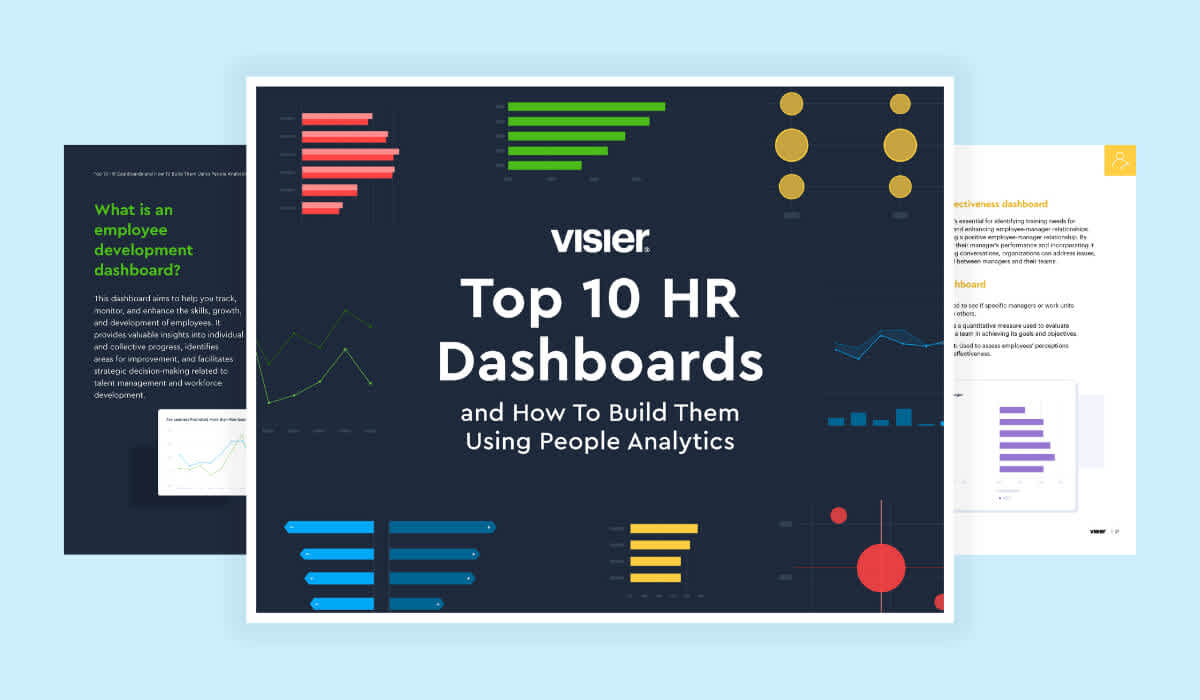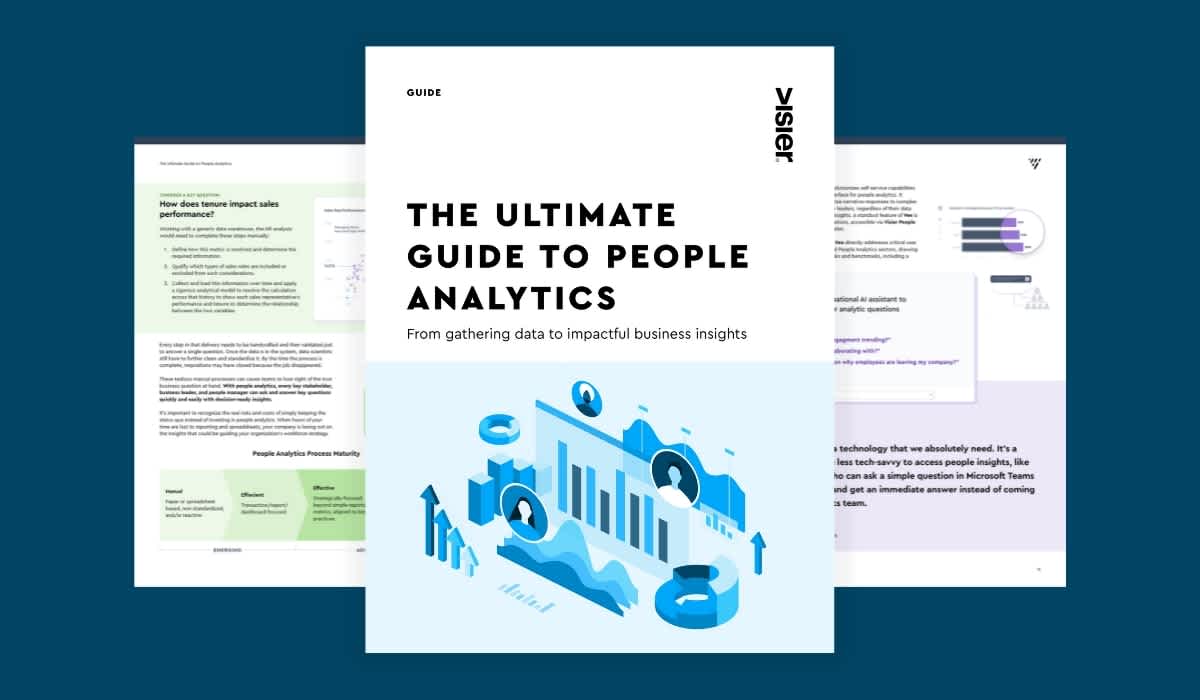7 Employee Retention Metrics to Track for Lower Turnover and Happier Employees
Learn how employee retention metrics empower you to understand and prevent turnover, foster a thriving workforce, and maintain a competitive edge.

The time when people got a job and stayed there for years, no matter how difficult or tedious the work was, is long gone. Now employees want jobs that give them opportunities to grow, learn new skills, and reward them fairly for their efforts.
When they don’t have them, they’re not afraid to leave. But a mass exodus can have severe consequences for a company. To stay on top, and understand why your employees are leaving and how to prevent that, you need to track the right employee retention metrics.
This article will guide you through the most important employee retention metrics, helping you understand why and how to track them to reach your goals.

Why you need to measure employee retention
Knowing who leaves and when this will happen won’t give you much insight into why employees aren’t sticking with your company. Tracking employee retention metrics shows you more than just numbers. It helps you:
Evaluate employee satisfaction. Retention and satisfaction often go hand in hand. People who feel satisfied in the workplace are less likely to leave. Tracking retention metrics can help you spot various issues and create better programs to improve satisfaction.
Save costs. Replacing an employee who just left can come with huge costs. It takes time and money to find a suitable replacement and often, while you’re searching, performance in the workplace can drop as fewer people do the same work.
Understand workforce dynamics. Who’s leaving, who’s switching departments, who’s leaving voluntarily, and who’s let go are all things you can learn by tracking employee retention metrics.
Improve retention strategies. The first step to creating talent retention strategies that work is understanding your turnover rates. Retention metrics give you valuable insights into those numbers so that you can create better retention strategies that will work long-term.
How do you measure employee retention?
When saying “employee retention”, we refer to the number of employees who stay with the company over a period. There are several ways to measure this.
Voluntary turnover. It’ll show you the number of people who left the company. You can calculate it by dividing the number of employees who left during a period by the average number of employees. Then, you multiply the result by 100 to obtain the final percentage.
Retention rate. This gives you the percentage of employees who stayed with the company. To calculate it, you’ll need to apply a simple formula:

Voluntary vs involuntary turnover. Many companies choose to distinguish between people who leave voluntarily and those who are let go. This is helpful when analyzing retention strategies and understanding the reasons behind turnover.
7 metrics for employee retention and better long-term performance
Before you can work on your retention strategies, you must first understand why people are leaving. Here are seven employee retention metrics to help you get started:
1. Turnover rate
The first and easiest metric to calculate is the turnover rate. Before beginning, make sure you’re using the same formula across all departments in the company.
You’ll also want to decide if you want to analyze only voluntary turnover, or if you’d rather calculate the total turnover rate and later look at voluntary vs involuntary numbers.
Speaking of the numbers, remember that sometimes it’s best to put them in context. For instance, certain sectors like retail and hospitality will have naturally higher turnover rates. That’s not always a bad thing, but it often has to do with the seasonality of the work. In the tech sector, however, turnover rates should be lower.
2. Performance turnover in key jobs
Every person who leaves the company will cost the company money and time. But when those people happen to be top performers, the costs can add up quickly.
When calculating the turnover rates, look at how many of your top performers are leaving. Make sure you give top performers an increased rate to reflect their added value and draw attention to the importance of retaining them.
3. Risk of exit
Those who leave are more than numbers. They’re people and there’s often a good reason behind their departure. And if you pay attention, you might realize there are signs they’re thinking of leaving.
The risk of exit is a predictive metric that uses machine learning to estimate the likelihood of a person leaving the company. Knowing this won’t help you stop every person who wants to leave. But it can help you create targeted retention strategies so that you can reduce your turnover rates.

4. Resignation correlation
To truly understand turnover, you need to look at the numbers in context:
Are more people leaving from one location as opposed to the others?
What about different departments? Is there one department that stands out as having high turnover rates?
How are people who leave performing? Are you losing more top or low performers?
Once you answer these questions, you’ll start seeing various correlations. You’ll then be able to focus your retention strategies on improving the things that matter to create lasting change.
5. Resignation drivers
Different people respond in different ways to their working conditions. Comparing resignation by various factors like location, tenure, gender, or performance can help you understand the biggest resignation drivers.
With this knowledge at hand, you can fine-tune your retention strategies to improve the employee experience, increase satisfaction, and decrease the likelihood of turnover.
6. Promotions actioned
Determining the resignation correlation might sometimes show you that a lack of growth and development opportunities are the top reasons employees leave.
Start by looking at how many people were promoted in the company over a certain period. Next, break it down by department and manager. This will give you an idea of which managers are good at helping employees grow and which are the departments that could use some improvement.
7. Business metrics
Another key aspect in understanding workforce dynamics is looking at how turnover affects other business metrics. Immediately after someone quits, you have fewer skilled employees to do the work.
Plus, even when you hire someone new, they’ll need a period to adjust before they can be productive. By looking at various business metrics and seeing the impact each resignation had you can better understand the cost of turnover.
Using people analytics to track employee retention
Employee retention metrics help you see the why behind the numbers. They’re the first step when you want to improve your retention strategies and keep top performers.
But to effectively analyze these metrics, you need a unified view of your workforce. People analytics is a simple, yet powerful solution that helps you understand organizational changes in real time.
From retention to workforce dynamics, learning analytics, and more, Visier’s People Analytics solution can help you gain meaningful insights from your data and make better business decisions. Take a 2-minute, self-guided tour to see some of the retention metrics you can track with Visier.
On the Outsmart blog, we write about people analytics and HR technology topics like how bad data can’t stop good people analytics, the benefits of augmented analytics, and everything you need to know about HR data sources and HR data connectors. We also report on trending topics like artificial intelligence, using generative AI in HR, and how skills are rapidly evolving, and advise on people data best practices like how to ingest people data and business data, how to turn source data into insights, and reports vs. analytics. But if you really want to know the bread and butter of Visier, read our post about the benefits of people analytics.



